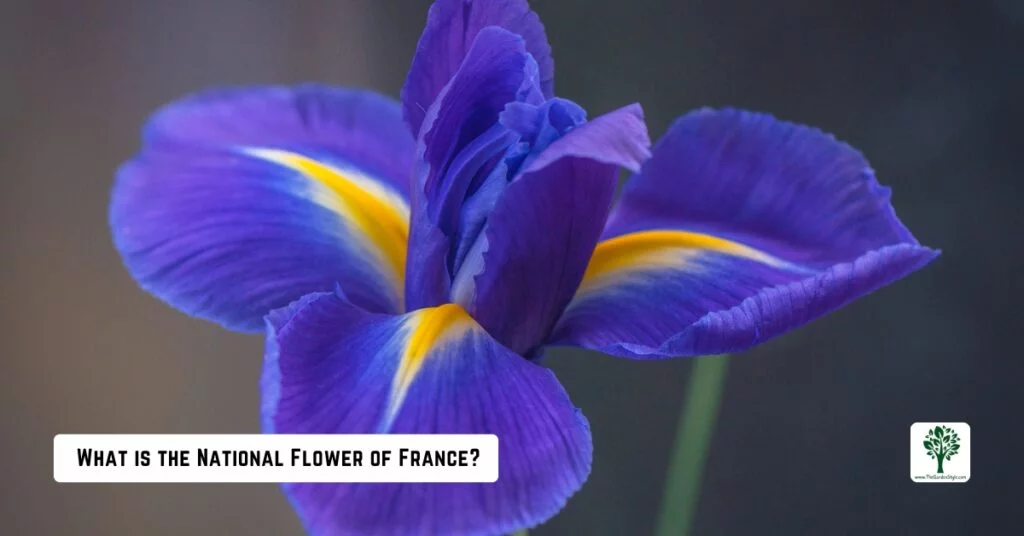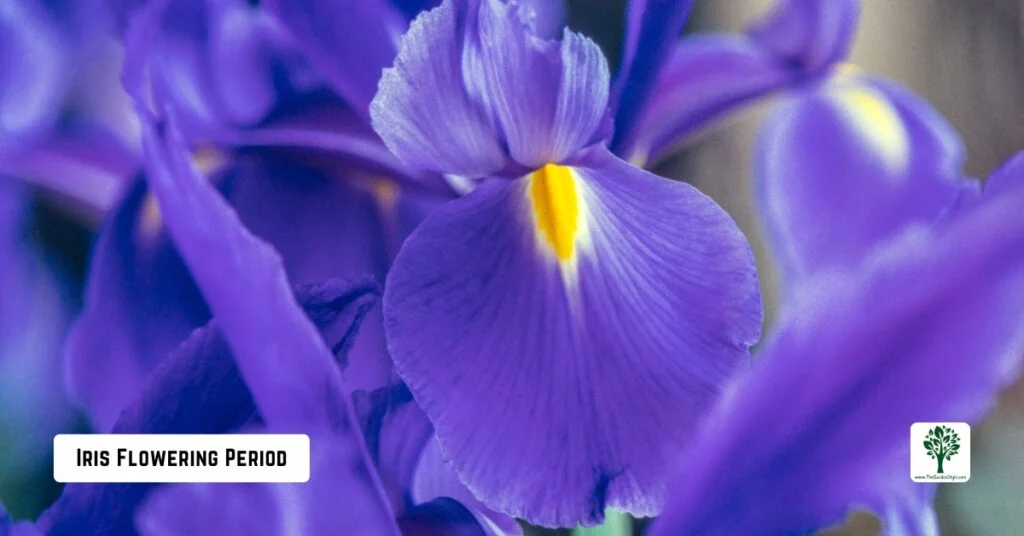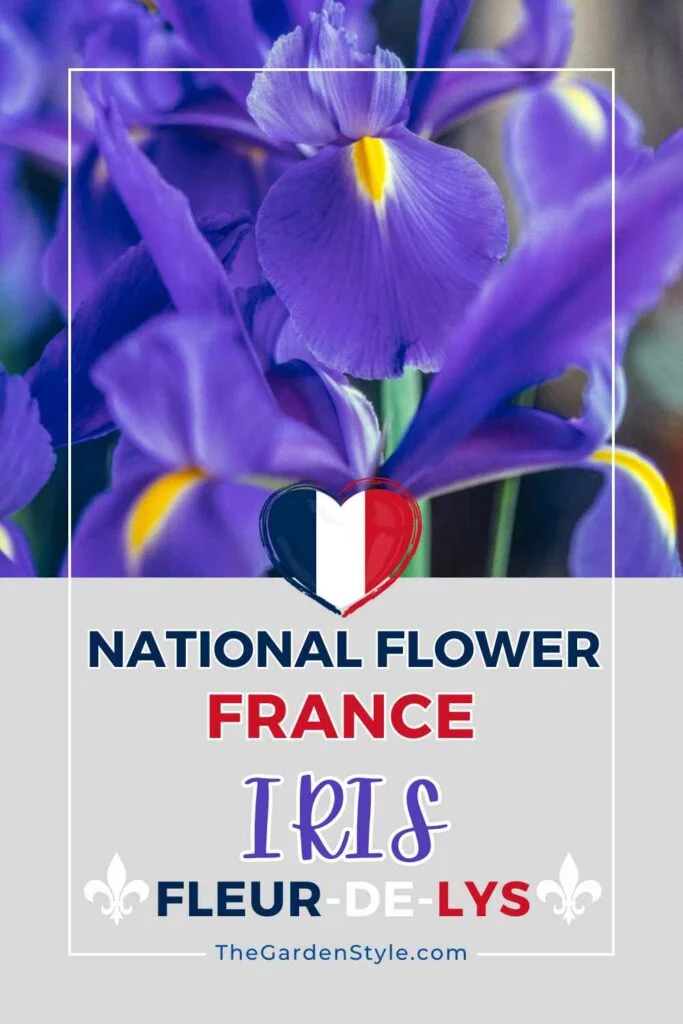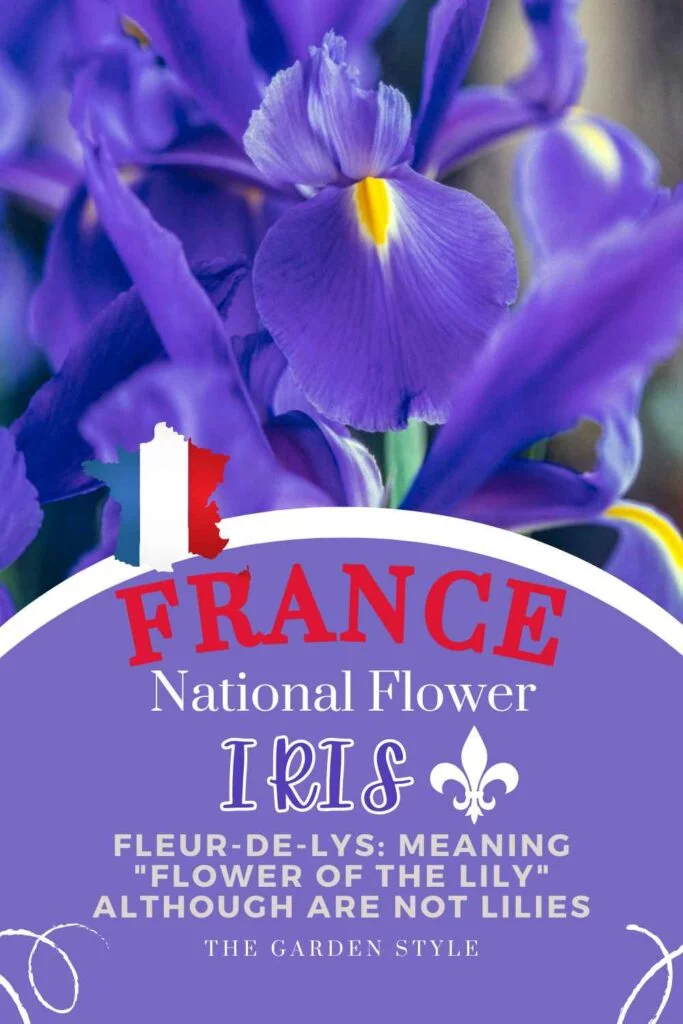The national flower of France is indeed the fleur-de-lis, a symbol that heraldically represents the iris. It holds a prominent place in European heraldry, alongside other significant symbols such as the eagle, the cross, and the lion. Centuries ago, the fleur-de-lis was extensively used in coats of arms, particularly among the French nobility, especially during the reign of Louis VII.
Even today, the fleur-de-lis continues to symbolize loyalty, honor, power, and sovereignty, as well as purity and hope. While the fleur-de-lis serves as a national emblem, it’s important to note that it differs from the botanical lilies commonly found in gardens. Lilies, as botanical flowers, are indeed one of the most popular flowers in Europe, second only to roses. They come in various species, shapes, sizes, and colors, such as pink, white, violet, and yellow, among others.
Table of Contents
What is the National Flower of France?

The fleur-de-lis is the national emblem of France. This symbol has been utilized since the 13th century to represent French royalty. In French heraldry, the fleur-de-lis embodies attributes such as light, perfection, and life. Moreover, within the designs associated with the French monarchy, the three petals of the fleur-de-lis are often interpreted as symbolizing faith, chivalry, and wisdom.
Characteristics of the National Flower of France
The Iris, as the national flower of France, boasts several distinctive characteristics that contribute to its significance and symbolism within French culture:
- Botanical Diversity: The Iris genus encompasses a wide array of species, each possessing unique characteristics in terms of size, color, and petal structure. From the vibrant bearded irises to the delicate Siberian irises, this diversity adds to the allure of the national flower.
- Elegant Appearance: Irises are renowned for their graceful appearance, with tall, slender stems topped by striking blooms that often feature intricate patterns and vivid hues. The distinctive shape of the iris petals, resembling fluttering wings, evokes a sense of beauty and sophistication.
- Symbolic Meanings: In French culture, the Iris holds deep symbolic significance. It is associated with qualities such as elegance, purity, wisdom, and creativity. Additionally, the Iris is often regarded as a symbol of hope and resilience, reflecting the enduring spirit of the French people.
- Cultural Representation: The Iris has left an indelible mark on various aspects of French art, literature, and heraldry. Its timeless beauty has inspired countless artists and designers, appearing in paintings, sculptures, and decorative motifs throughout history.
- Adaptability: Irises are versatile plants that thrive in diverse environments, ranging from wet marshlands to dry, rocky slopes. This adaptability mirrors the resilience and versatility of the French nation, capable of flourishing amidst changing landscapes and challenges.
- Gardening Appeal: Beyond its symbolic significance, the Iris is prized by gardeners for its ornamental value. Many cultivars have been developed to enhance garden landscapes, offering a stunning display of color and texture throughout the growing season.
Recommended reading: 20 Ideas for Spring Flower Arrangements (Gallery of Pictures)
Iris Flowering Period

The flowering period of Irises varies depending on the specific species and cultivars, as well as the climate and growing conditions. However, in general, Irises typically bloom in late spring to early summer, typically from late April to June in temperate regions.
Bearded irises, one of the most popular types, often bloom in late spring, with flowers lasting for about two to three weeks. Siberian irises, another common variety, typically bloom slightly later in the season, extending into early summer.
It’s worth noting that some Iris species, particularly those native to warmer climates, may have different flowering periods. Additionally, certain cultivars may be bred to bloom at specific times of the year, extending the overall flowering season for Irises in gardens and landscapes.
If this post about the national flower of France was helpful, please share it:



